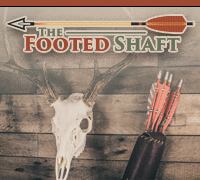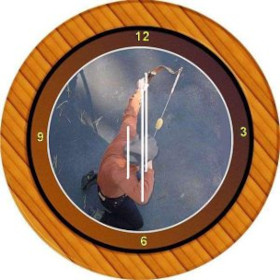Here's a bit more verifiable information about strings/string materials, primarily the claim that certain string materials are causing damage to certain bows, and the "information" used to try and back that claim. This information wasn't published by any string maker or string material company. I can't take credit for finding it--it was shared with me by someone who looked it up (that person can chime in if they choose to be identified). Either way, it's independent and factual info. that shows the simple difference between static and dynamic elongation...what we commonly refer to as "stretch". It's based on rope, but we use the same materials in bow strings.
http://ropewiki.com/Rope_comparison Static vs Dynamic elongation
Static ropes are subjected to a static elongation test. That is, suspend weight for some period of time, carefully, on the rope and measure its length again. This test almost certainly does not describe how the material will react in an accidental dynamic fall, or bouncing on ascent/rappel. As an example, there are accounts of the Sterling C-IV (polypropylene core) feeling particularly subject to dynamic behavior not reflected by its static elongation testing figure. Be cautious when relying on the static elongation figure alone, however polyester and high modulus fibers seem reliably static for canyoneering use.
Key phrases here:
"This test almost certainly does not describe how the material will react in an accidental dynamic fall, or bouncing on ascent/rappel." Or as it applies to bow strings, at the shot when the bow returns to brace.
"...behavior not reflected by its static elongation testing figure." Or, simply put, how the string acts at brace is going to be different than how it acts at the shot. You can't use one to state how it's going to act during the other.
"Be cautious when relying on the static elongation figure alone,..." See above. If someone is trying to tell you that how a string stretches under a consistent and steady load (like at brace) will tell you what happens under a dynamic or shock load (like at the shot)...well, they can't. The two aren't directly related.
I use good 'ol silly putty as an example. Pull it slowly (static load), it stretches like bubble gum. Pull it apart quickly (dynamic load), it snaps. Practical application as it applies to bow strings...even though you may get some slow elongation (creep) over time with the bow strung, it's still not elastic in the sense that it will stretch/snap back in the split second it takes for the bow to return to brace at the shot.
Keep in mind this won't change any warranties, and may not change any minds. I just thought it was interesting.














